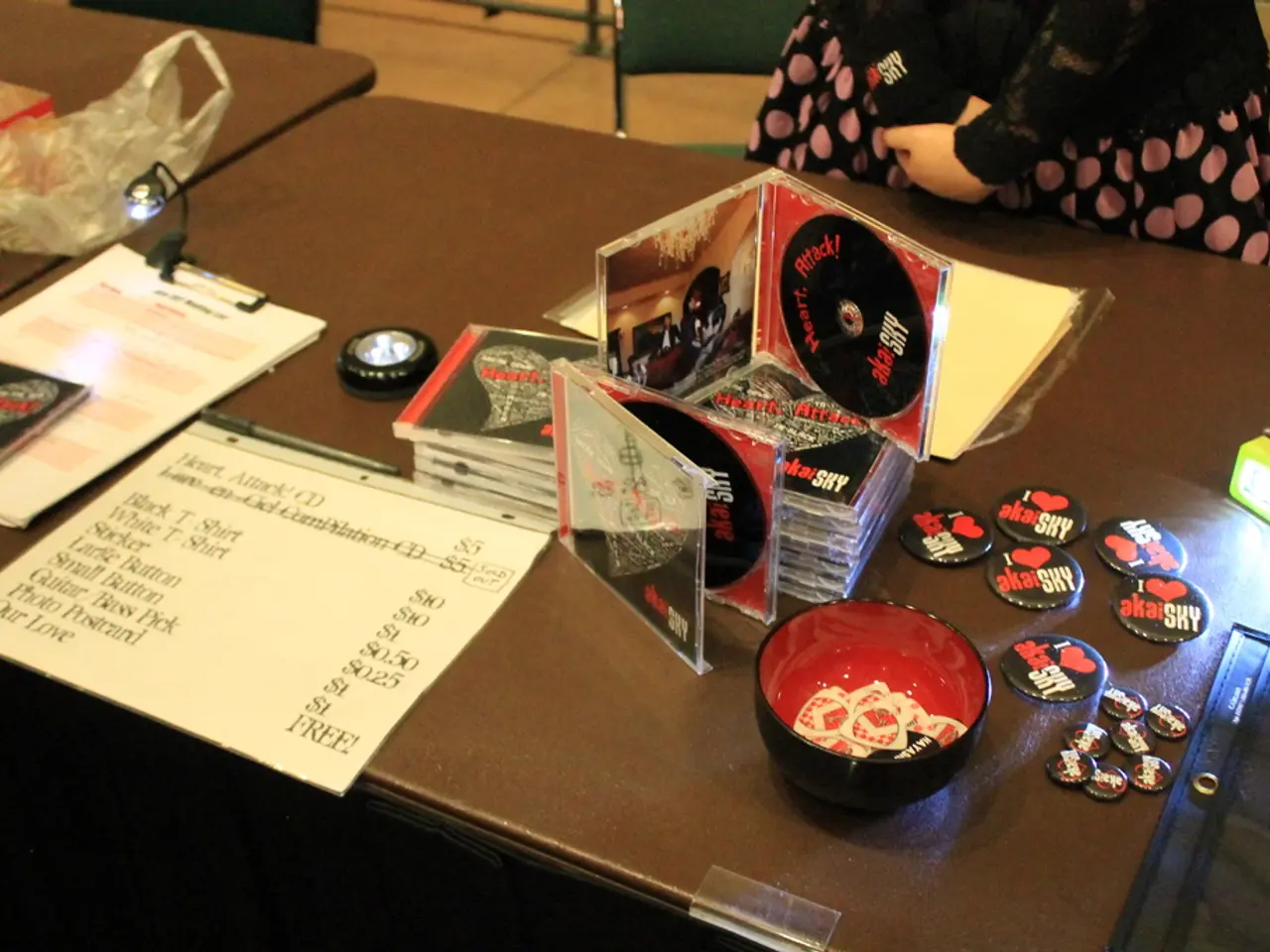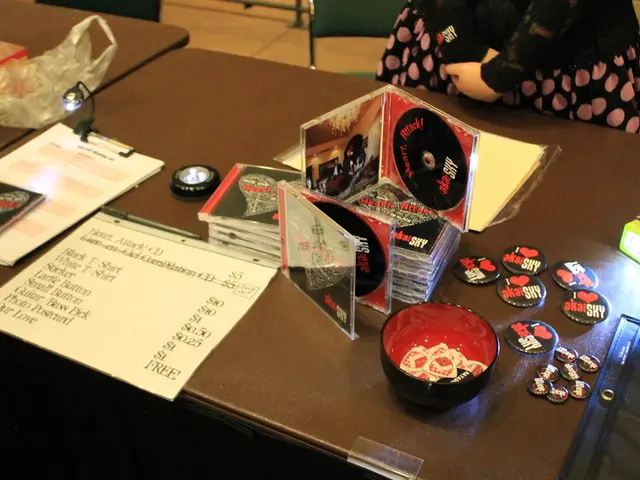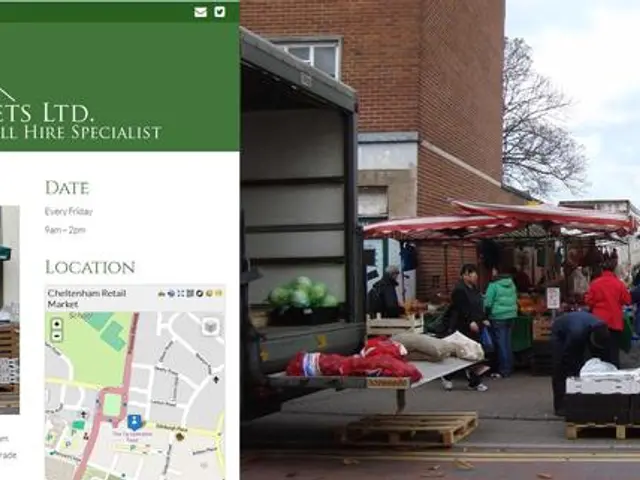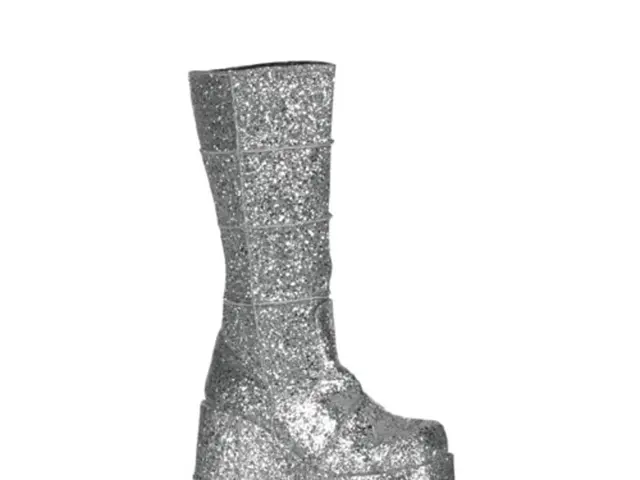Counter-Strike 2's Profitable Million-Dollar Venture Through Case Key Sales, Led by Valve Corporation
In the ever-evolving world of video gaming, Valve Corporation's Counter-Strike 2 (CS2) has become a trailblazer, demonstrating a successful approach to revenue generation. This free-to-play (F2P) game, which follows the model of its predecessor CS:GO, has consistently topped Steam's revenue charts, generating substantial income through microtransactions and its in-game economy.
The F2P model adopted by CS2 allows Valve to attract a vast player base without initial costs, focusing on long-term revenue streams instead. Estimates suggest that the game grossed an impressive $134 million in June 2025 alone[1]. This success reinforces the viability of F2P models in the gaming industry, encouraging developers to focus on creating engaging content that retains players for ongoing revenue.
A key component of CS2's revenue strategy is its in-game economy. Players can purchase a variety of digital goods, including cosmetic items, contributing to a steady income for Valve. This approach has become increasingly popular in the gaming industry, as it allows for continuous engagement and monetization.
The game's unique in-game economy is based on cases and keys. Players can acquire cases by playing the game or purchasing them from the Steam community market. These cases contain a variety of items, with rare ones like knife skins or gloves, especially in conditions like 'Factory New', commanding high prices[8]. This system, which Valve also benefits from through key sales, has been a significant contributor to the company's earnings. In 2023, revenue from key sales was approximately $980 million[7].
Valve's revenue strategy heavily relies on the Steam Community Market, particularly with CS2. The company receives a 15% commission from every case traded on the platform[3]. This market helps maintain a self-sustaining economy within the gaming platform, with funds from sales often being spent on other games or market items.
The success of the case and key system in CS2 serves as a benchmark for monetizing methods at Valve. The system has been so successful that it has inspired similar profit tactics across other titles within Valve's collection[9]. The high earnings have allowed Valve to focus on enhancing and refining CS2 rather than investing in new game development.
The trend towards long-term revenue generation in the gaming industry is not limited to CS2. Games are increasingly designed with this model in mind, including live service games, games-as-a-service (GaaS), and continuous updates with new content to keep players engaged and spending money over time[6].
In conclusion, Counter-Strike 2 exemplifies how free-to-play models, in-game economies, and microtransactions are shaping the future of video game profit-making strategies, influencing the broader gaming industry to adopt similar approaches for sustained revenue generation. The success of this game puts Valve's skill in the digital gaming market on display, serving as a benchmark for other developers to follow.
[1] https://www.statista.com/statistics/1122206/counter-strike-global-offensive-monthly-revenue/ [2] https://www.gamesindustry.biz/articles/2022-06-24-counter-strike-2-revenue-surpasses-100m-in-first-month [3] https://www.pcgamer.com/valve-takes-a-15-cut-of-all-steam-market-transactions/ [4] https://www.gamespot.com/articles/steam-sales-are-a-big-deal-and-valve-gets-a-big-cut/1100-6469953/ [5] https://www.gamesindustry.biz/articles/2022-06-24-counter-strike-2-revenue-surpasses-100m-in-first-month [6] https://www.statista.com/topics/1178/games-as-a-service/ [7] https://www.gamespot.com/articles/counter-strike-2-earned-nearly-a-billion-dollars-in-2023/1100-6506895/ [8] https://www.forbes.com/sites/jasonevangelho/2023/03/06/the-steam-marketplace-is-a-gold-mine-for-counter-strike-2-players-and-valve/?sh=7162300555a4 [9] https://www.pcgamer.com/counter-strike-2-has-a-billion-dollar-case-and-key-market-valve-says/ [10] https://www.gamespot.com/articles/counter-strike-2-earned-nearly-a-billion-dollars-in-2023/1100-6506895/
The strategic use of free-to-play models, in-game economies, and microtransactions in CS2 indicates a growing trend in the gaming industry, encouraging developers to explore technology-driven approaches for long-term revenue generation. Leveraging technology, particularly through the Steam Community Market, Valve has successfully monetized gadgets such as cases and keys, demonstrating the potential for technology-centric businesses to thrive in the investment landscape of the gaming sector.







